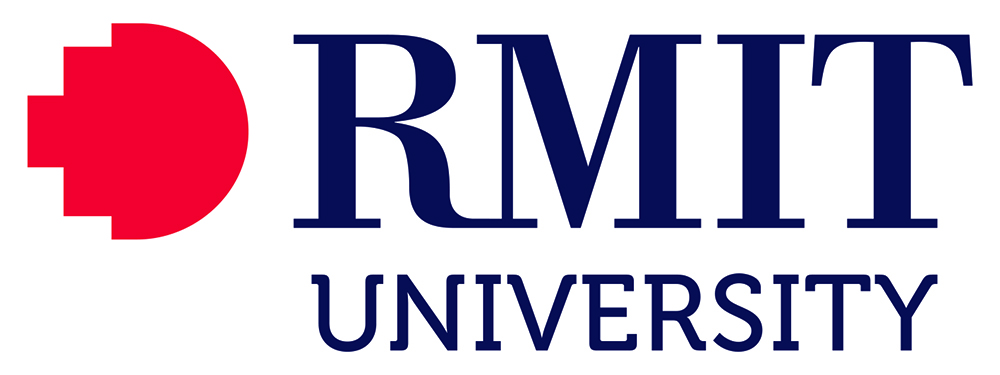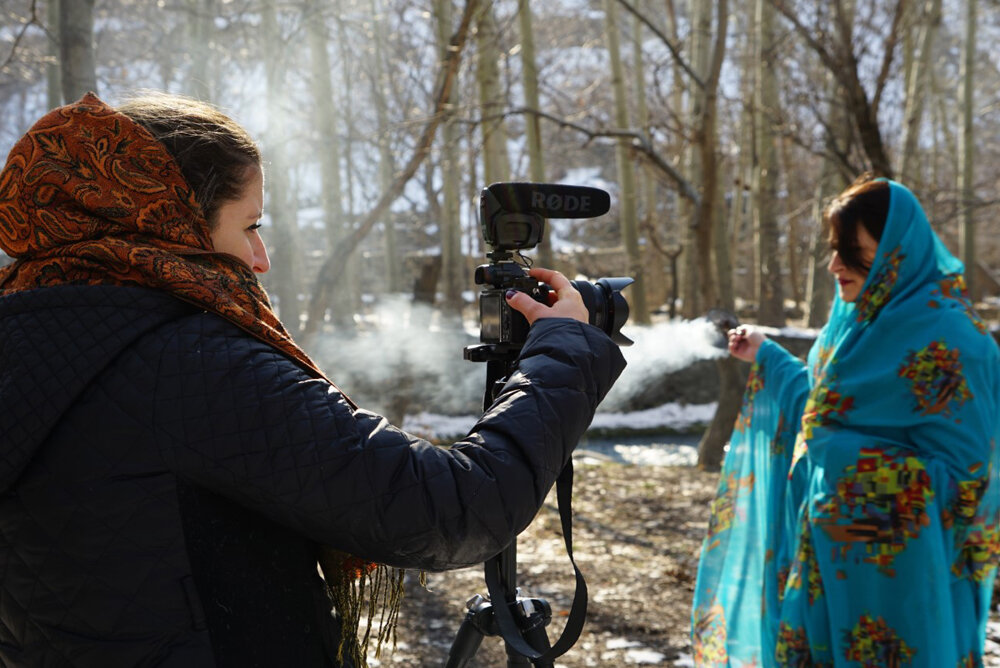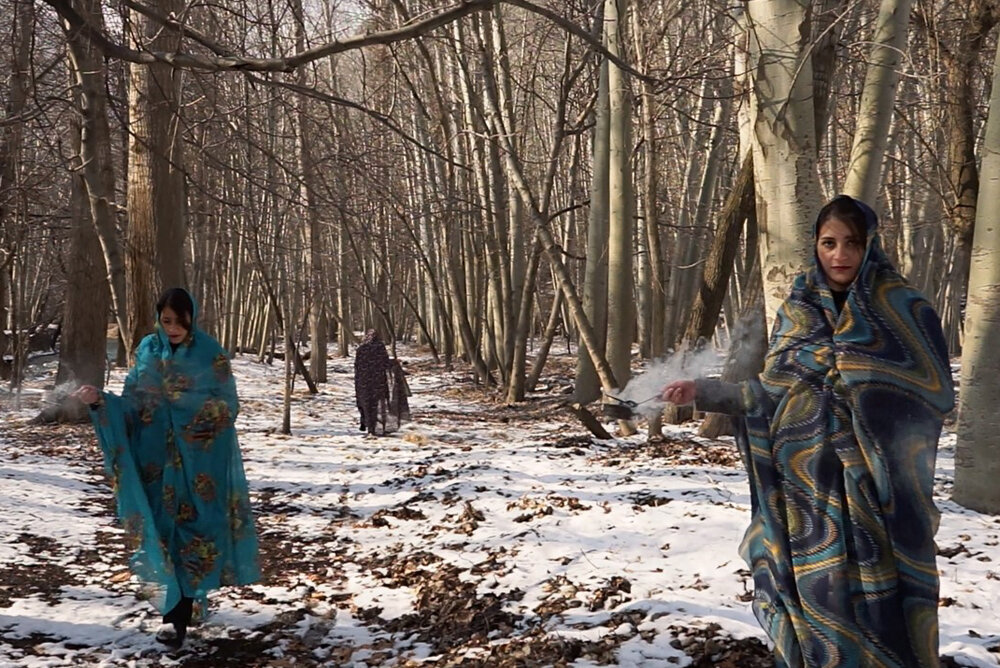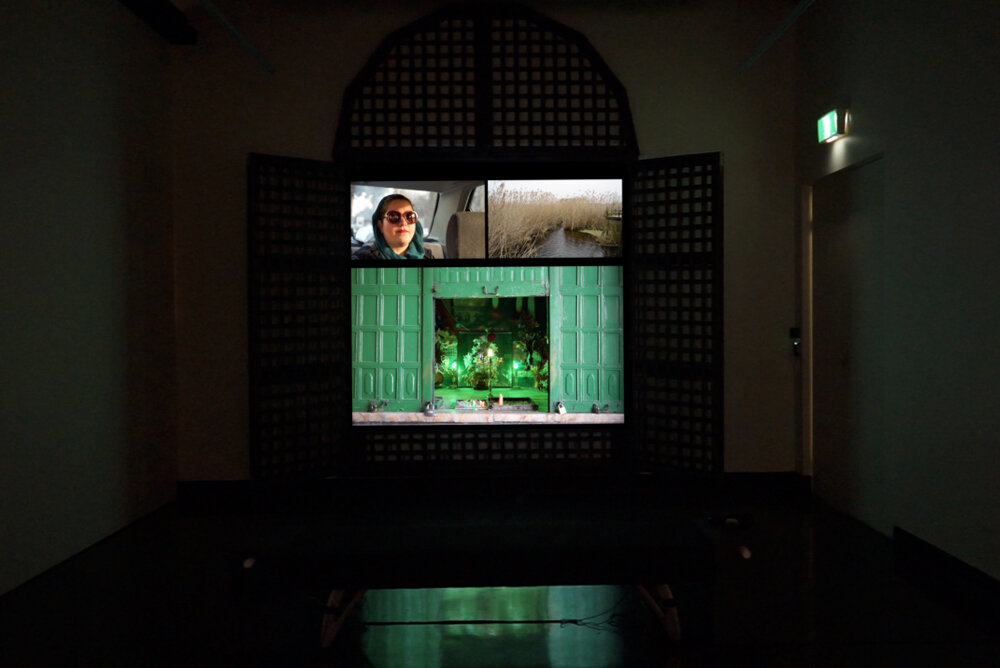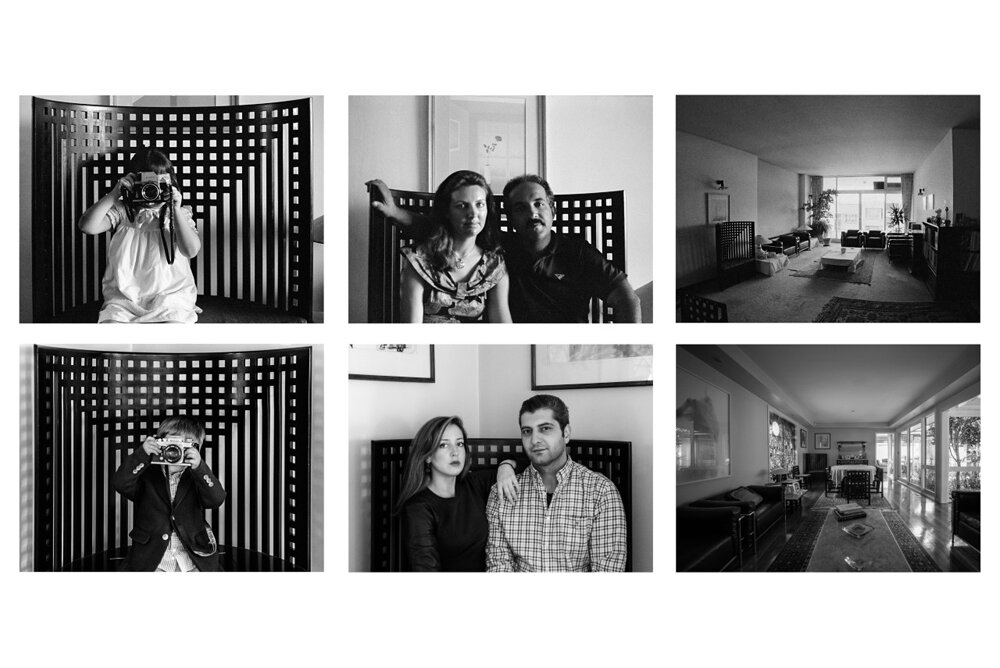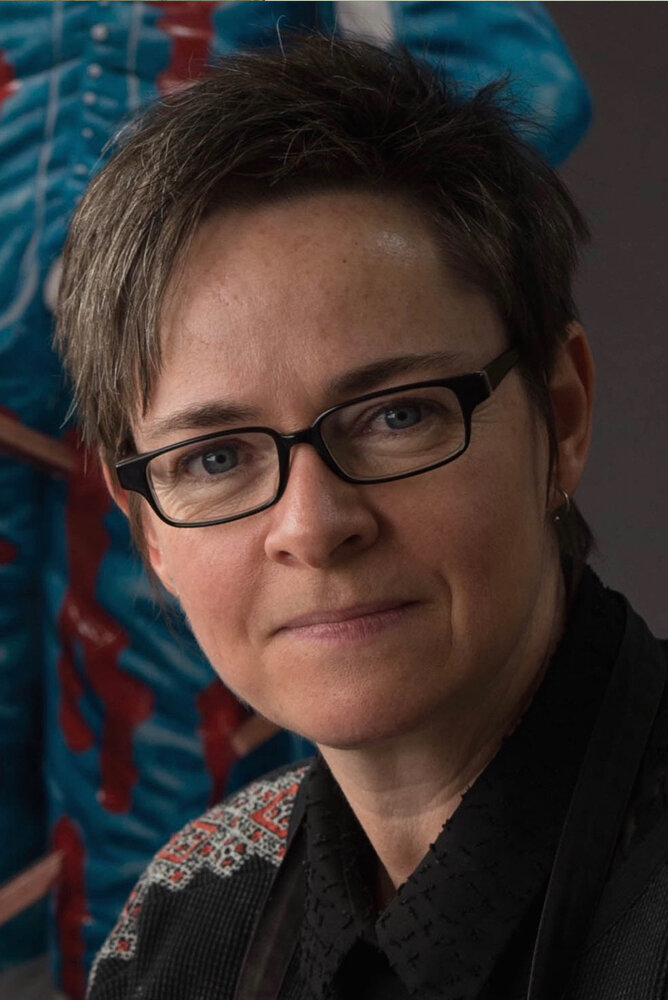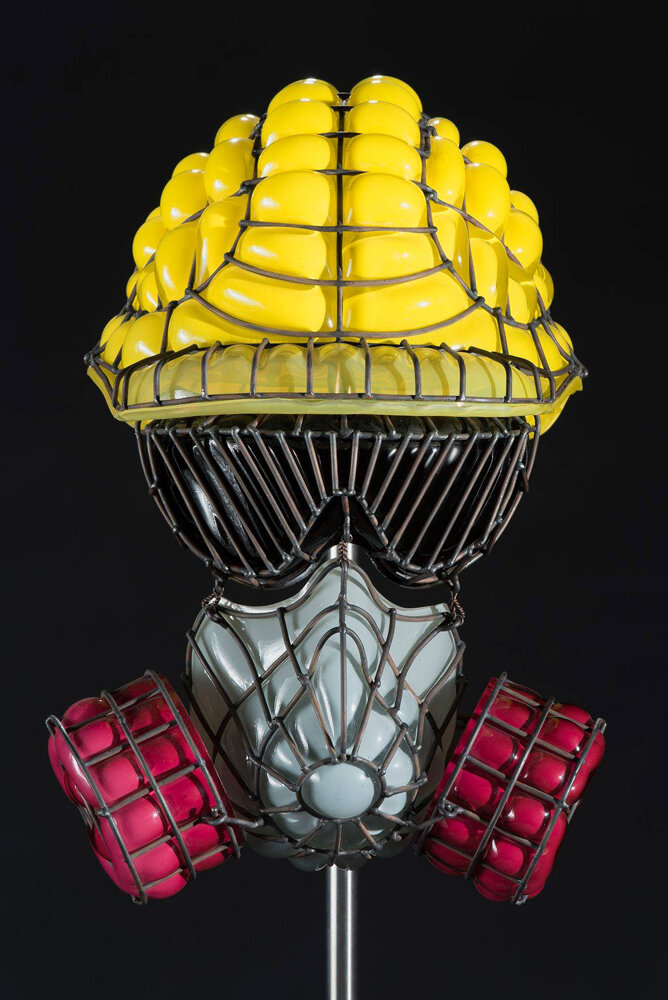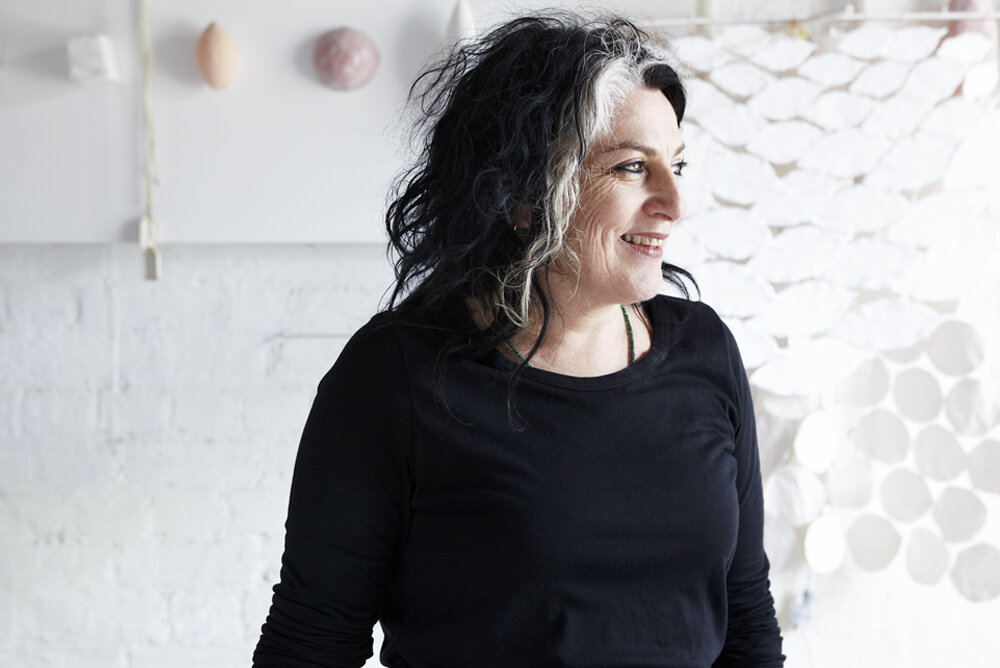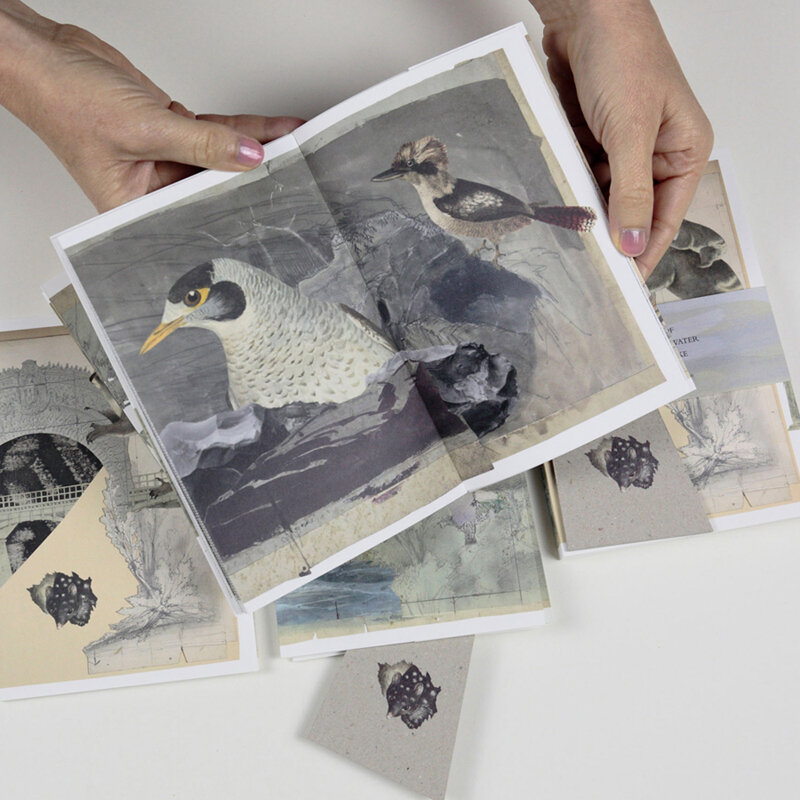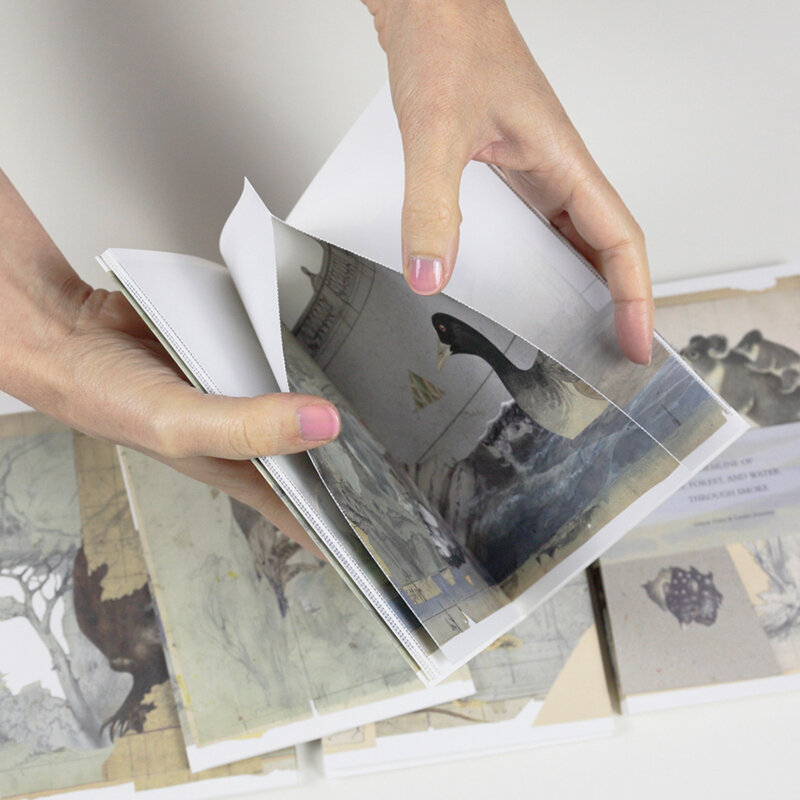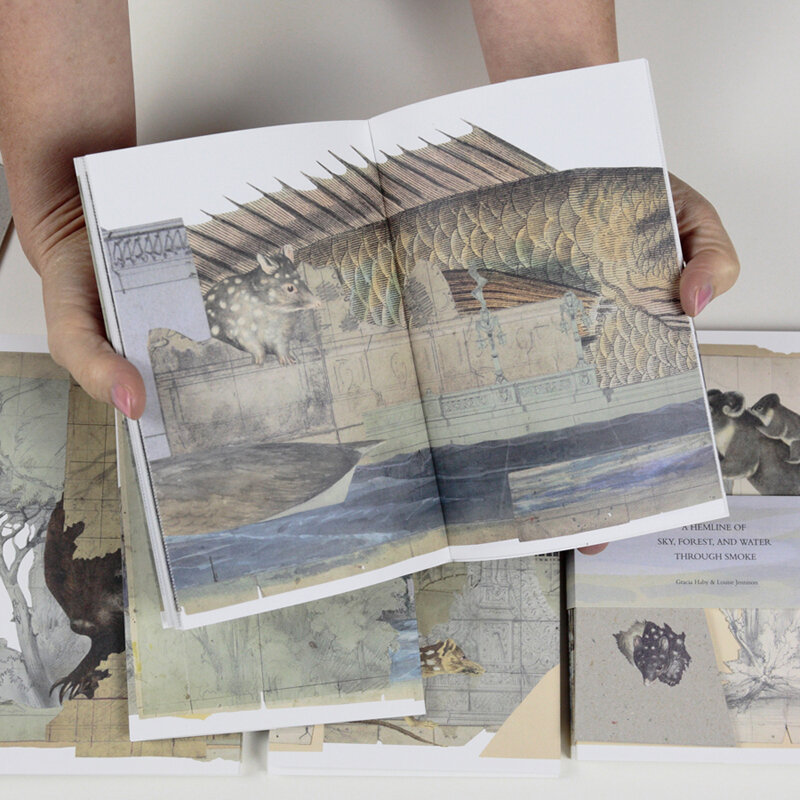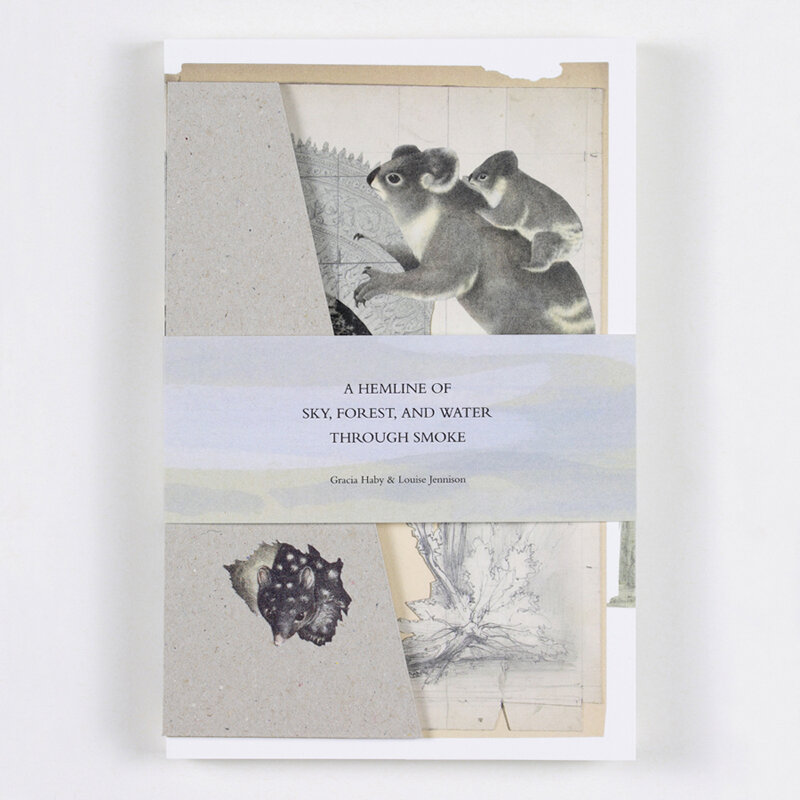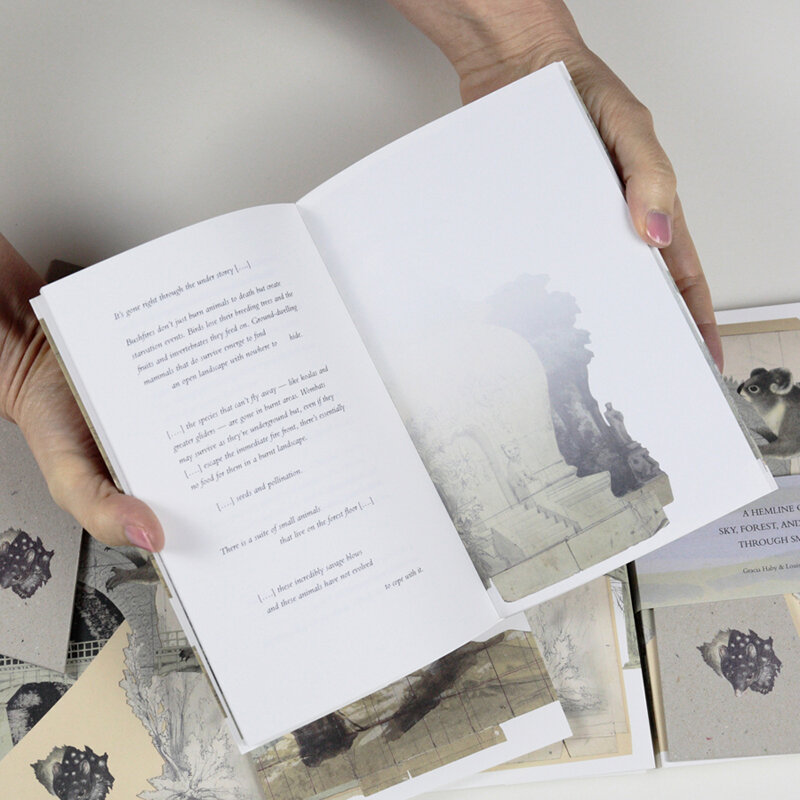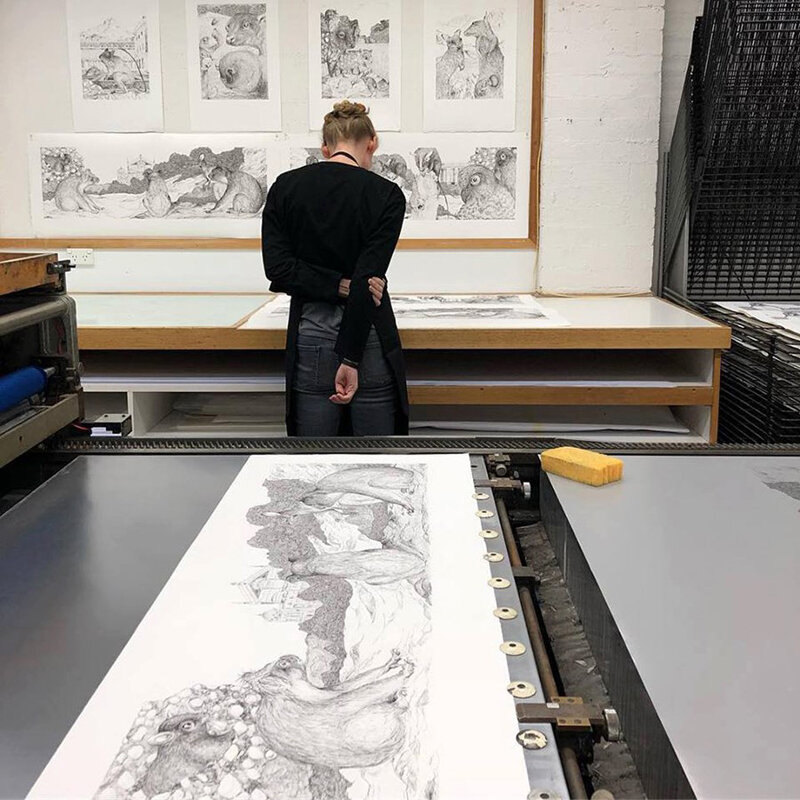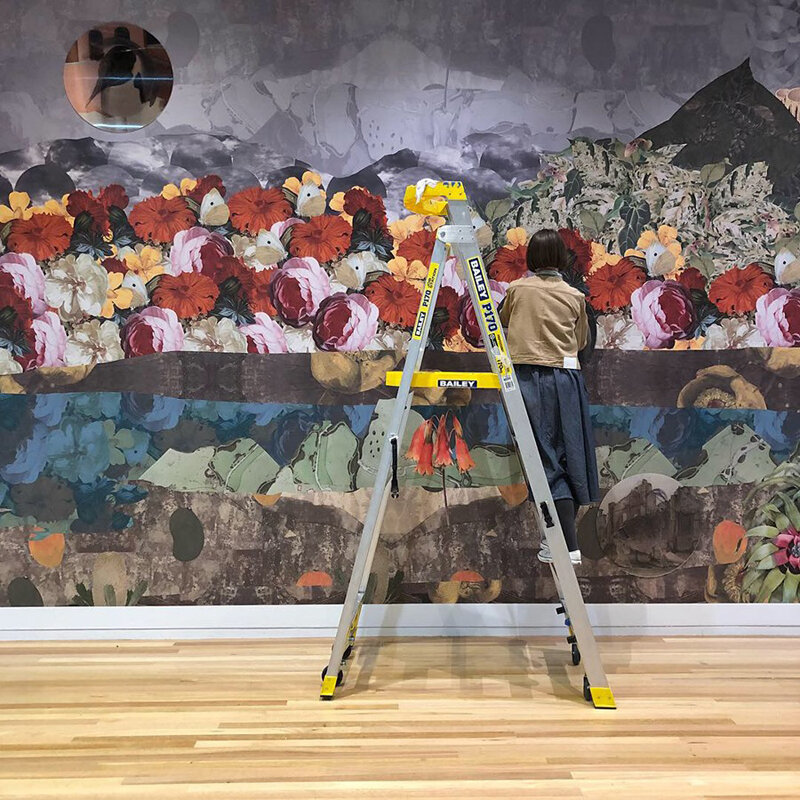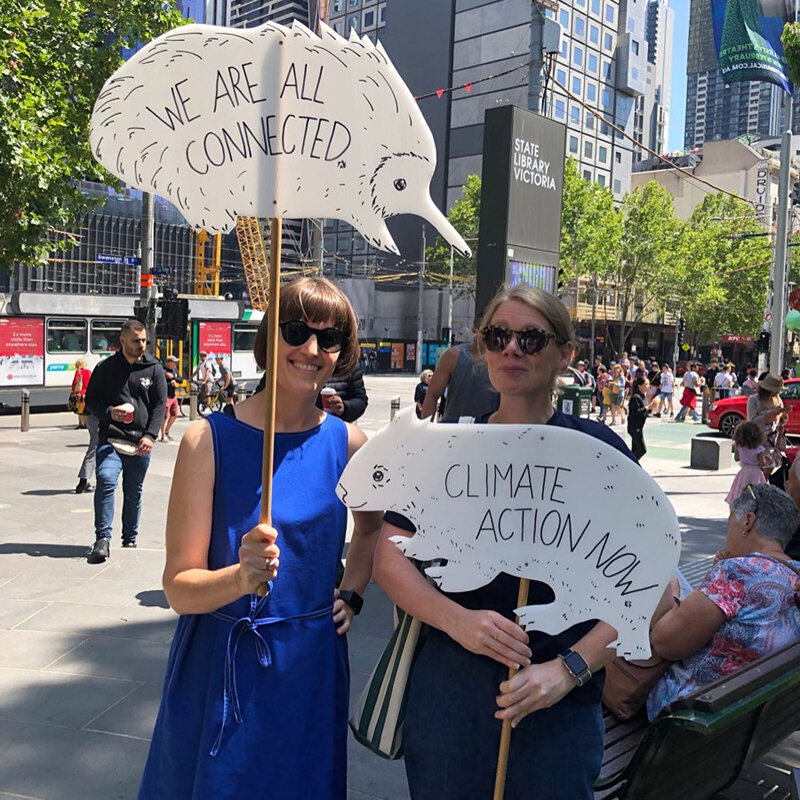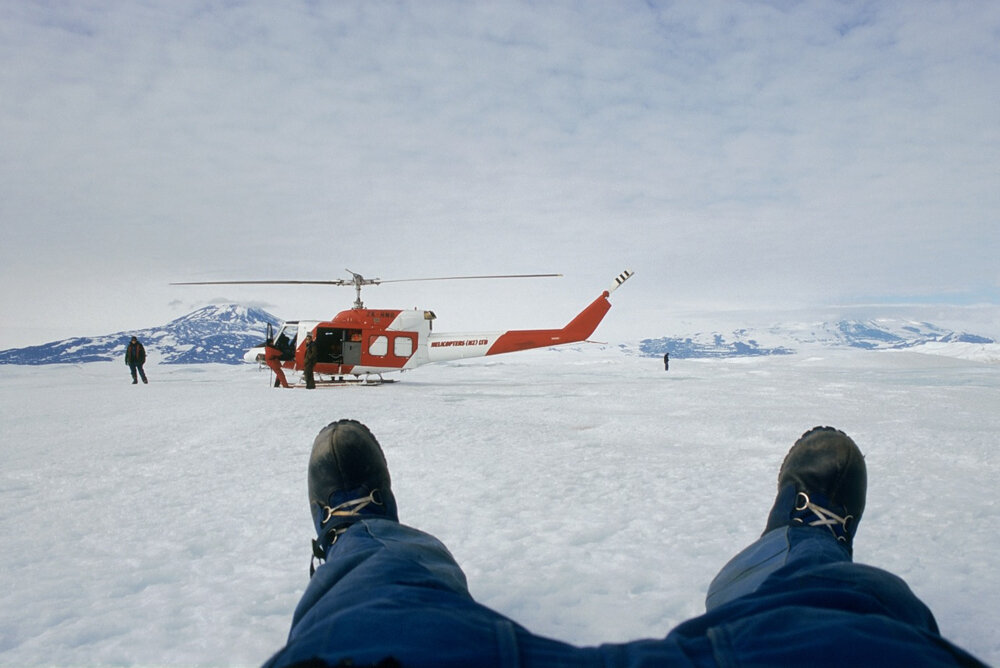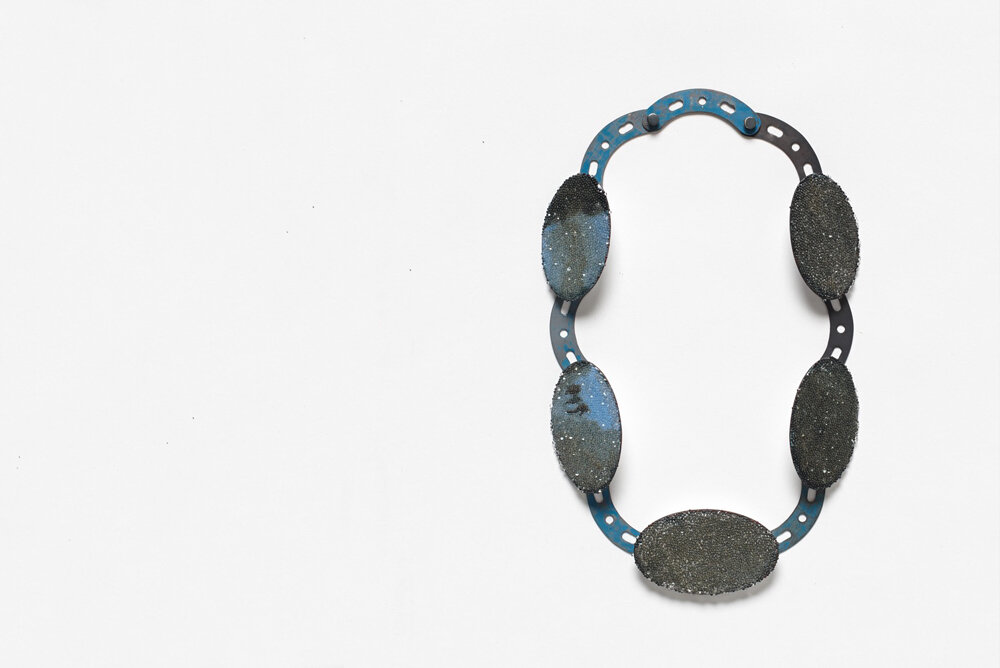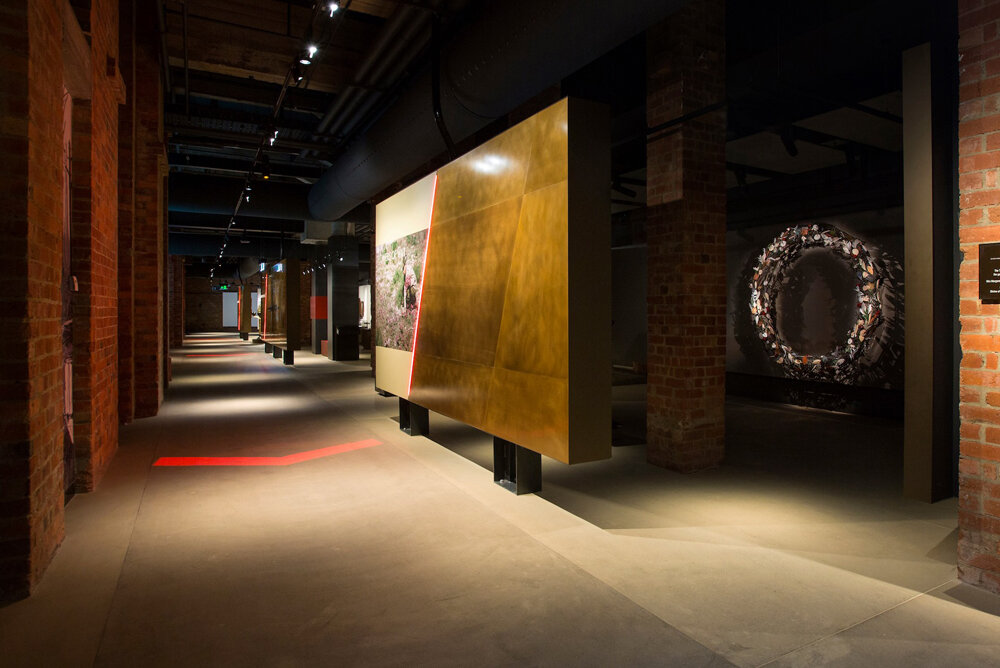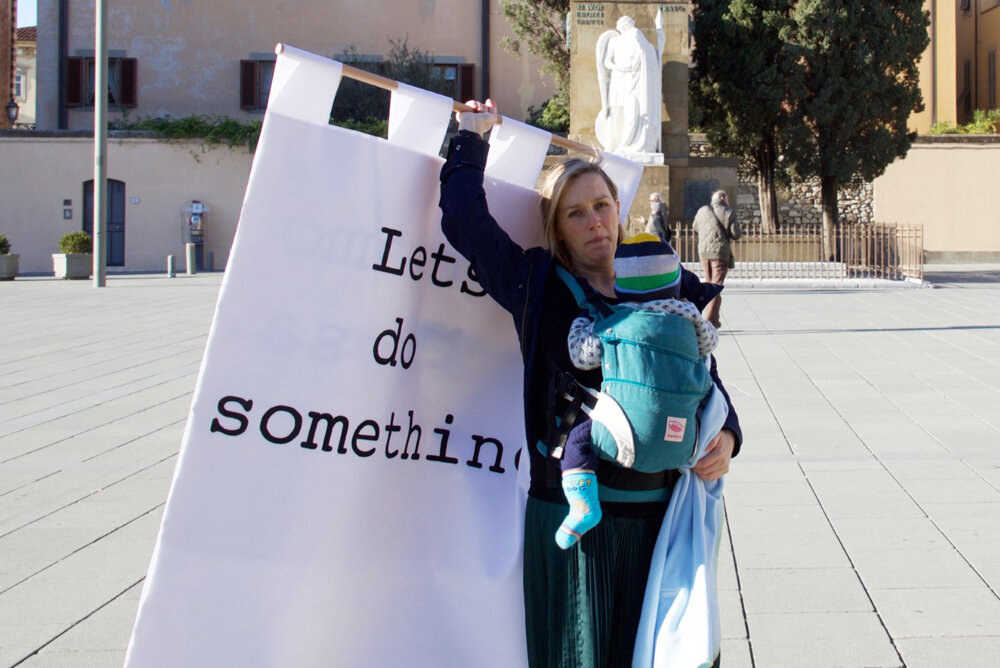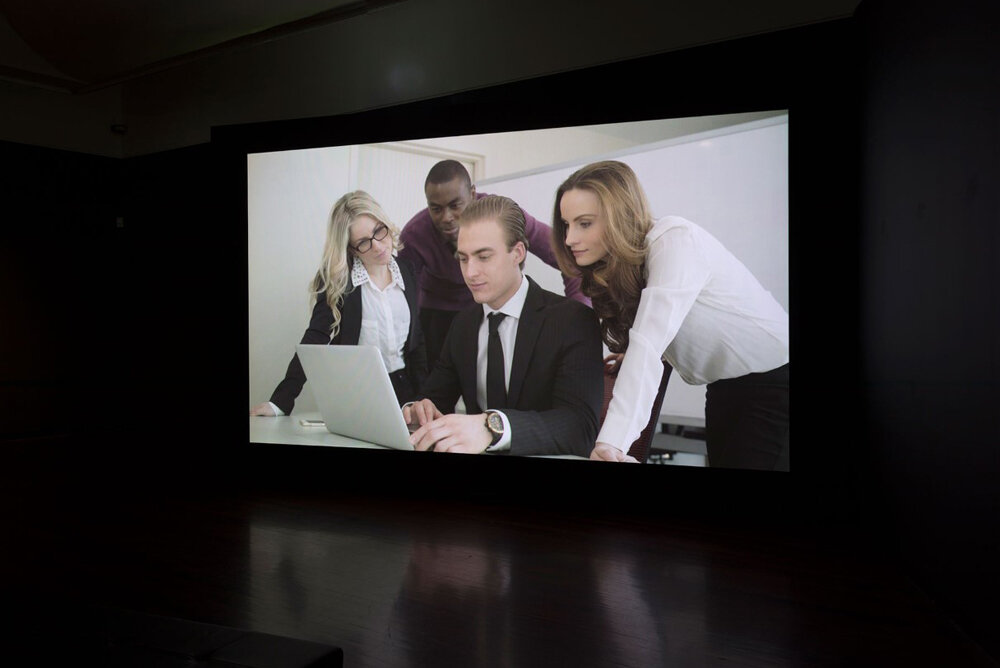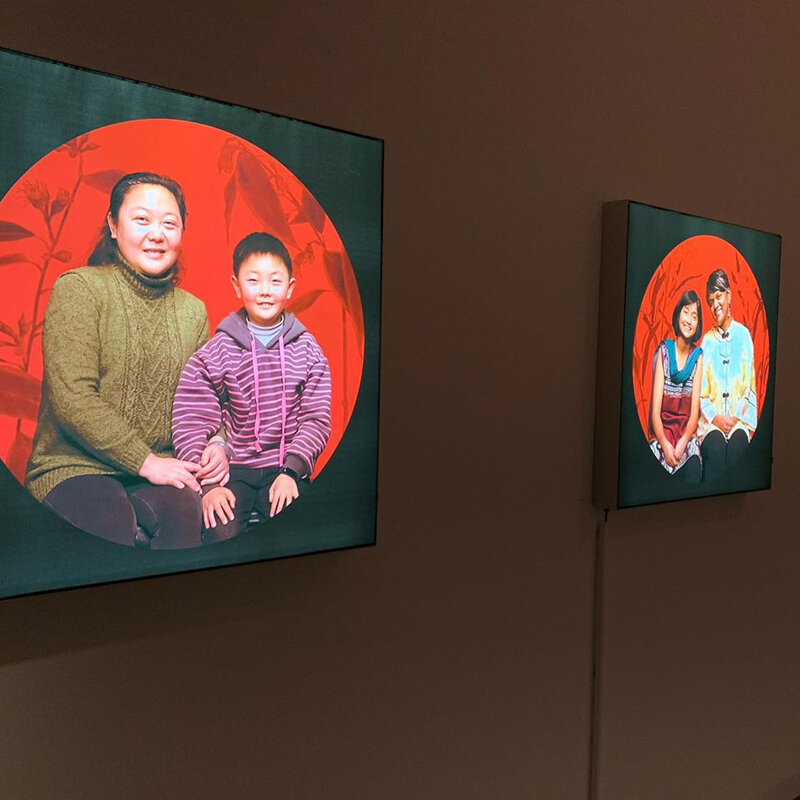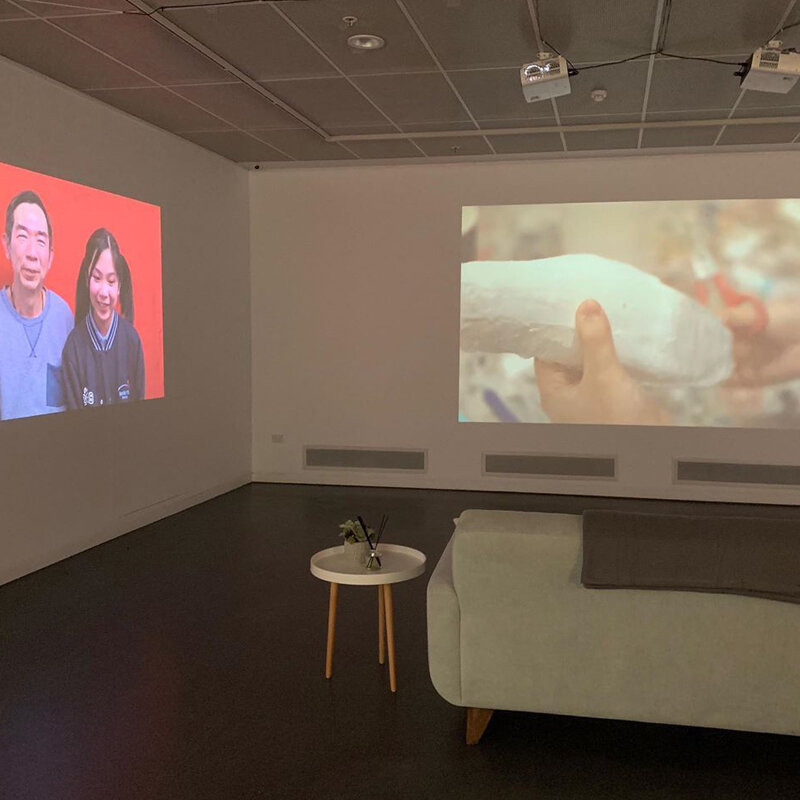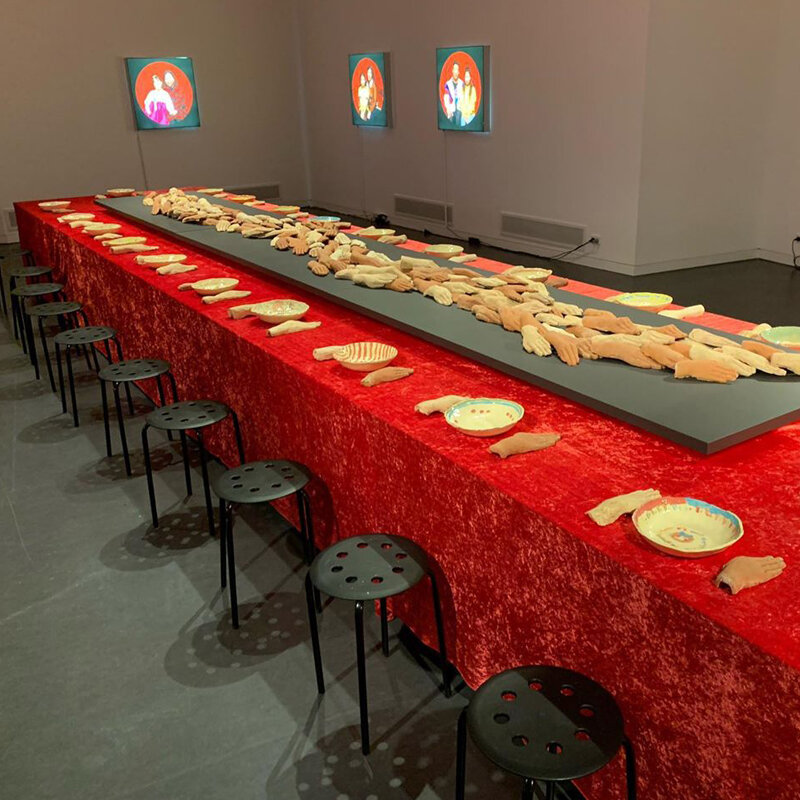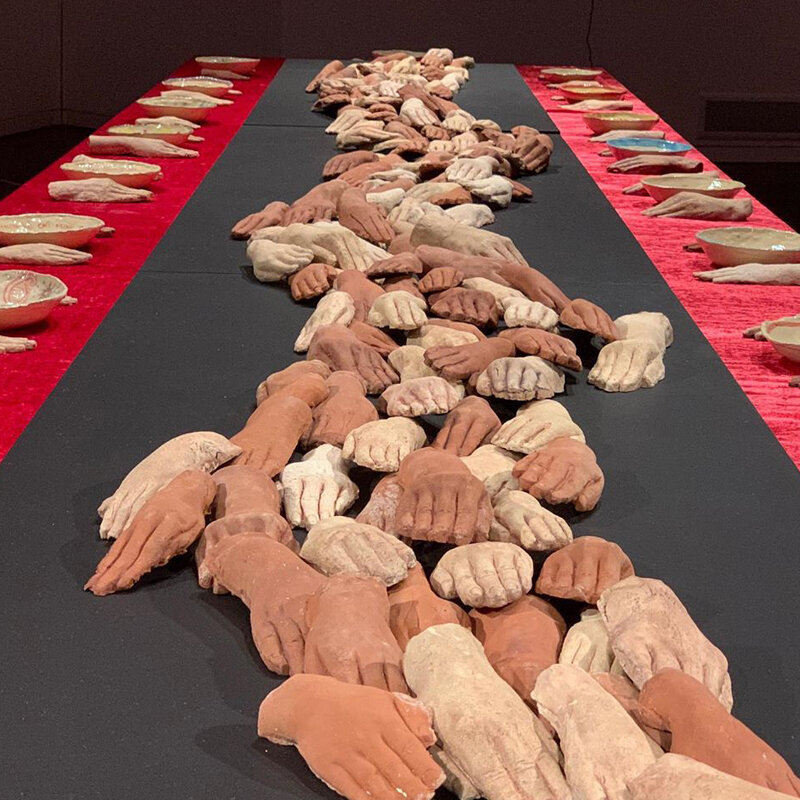#KNOWMYNAME
Profiling the amazing female artists, photographers, academics and researchers who inspire and lead our work as an art school
Sofi Basseghi is a visual artist based in Melbourne, Australia. Her award winning films, photographs and video work have been exhibited at internationally acclaimed venues and galleries including West Space, The Substation, Monash Gallery of Art, Australian Centre for the Moving Image, Perth Institute of Contemporary Art, Tehran Museum of Contemporary Art and the Palazzo delle Esposizioni in Rome.
Her lens based work is based predominantly on real and fictitious stories born of experiences arising from the complexities of the cultural, religious and social climate people find themselves in with a focus on women's stories. Her work challenges inflicted boundaries and questions cultural and traditional mores. Her most recent art works reveal narratives of rebellion created in collaboration with women living in Iran and in diaspora.
She completed a Masters of Fine Art degree in 2007 at RMIT University and pursued further graduate studies in directing in 2011 at the Victorian College of the Arts School of Film and Television. She is on the board of and an artistic advisor for various organisations. She is currently a PhD (Art) candidate and a sessional lecturer at RMIT University.
sofibasseghi.com
Instagram:@sofibasseghi
Alison Bennett
My broader practice is situated in ‘expanded photography’ where the boundaries have shifted in the transition to digital media and become diffused into ubiquitous computing. Creative projects have tested the creative and discursive potentials of augmented reality, photogrammetry, 3D scanning, and virtual reality as encompassed by the medium and practice of photography. As a neuroqueer new-media artist, my work has explored the performance and technology of gender identity and considered the convergence of biological and digital skin as virtual prosthesis. My work has been shown at international venues such as Musée du Louvre and the San Francisco Museum of Modern Art, and featured on ABC TV Australian Story, The New York Times, Mashable, The Huffington Post, BuzzFeed, Motherboard, The Creators Project, ABC TV News, and The Guardian. I am a founding member of the QueerTech.io artist collective, a member of the Gertrude Street Projection Festival Advisory Committee, and have served on a number of development panels for the Midsumma Festival. I work as a lecturer in photography at RMIT School of Art where I am program manager of the Master of Photography.
alisonbennett.net
Instagram: @bennettalison
Facebook: @alisonirenebennett
Twittter: @bennett_alison
Dr Alison Bennett RMIT staff profile
Penny Byrne is an artist who utilises a variety of mediums to create sculptural works that at times elicit visceral responses from viewers.
She is concerned with the state of the world and our place in it. Her works ask us to consider where we stand and how we feel, never preaching, but rather gently guiding us to a deeper understanding of our times.
She is not afraid to tackle the big issues head on, often with wry humor and wit, and always with a deeply considered and intelligent compassion.
Born in Mildura in regional Australia in 1965, she now lives and works in Melbourne. Penny is currently a MFA (Research) candidate and lecturer at RMIT School of Art.
In 2015 she exhibited in Glasstress Gotika, a collateral event of the 56th Venice Biennale.
She is represented in the UK by Coates and Scarry. She also works in close collaboration with Urban Arts Projects to create her large scale bronze works. Her studio is based at Abbotsford Convent Arts Precinct.
pennybyrneartist.com
Instagram: @pennb
Facebook: @PennyByrneVisualArtist
Kris Coad is a ceramic artist dividing her time between her studio and her work as an educator at RMIT University in Melbourne (studio lead Ceramics) and Hong Kong.
Kris alternates exhibition work with large and small-scale ceramic commissions, both nationally and internationally. She also produces a translucent porcelain tableware range and custom designs for bespoke restaurants.
Kris is a PhD Candidate at RMIT University, her research investigates and interrogates the relationship between the vessel, ritual and space.
kriscoad.com
Instagram: @kriscoad
Kris Coad RMIT staff profile
RMIT alumni Gracia Haby and Louise Jennison are artists who have been collaborating for over 20 years. In their open-ended artists’ books, prints, zines, drawings, writing, and collage, they invite you to ponder and perhaps find that things are not always as they first appear.
To date, they have made over 100 artists’ book titles and 150 zine titles. Their work can be found in the collections of: Artspace Mackay; Deakin University Library; Melbourne Museum; Melbourne University Library; Monash University Library; Mornington Peninsula Regional Gallery; National Gallery of Australia; National Gallery of Victoria; National Library of Australia; RMIT University Library; State Library of New South Wales; State Library of Victoria; State Library of Queensland; Tate (UK); UWE (UK).
Their work has been commissioned by ACE Hotel (USA); Australian Poetry; The Big Issue; Fjord Review (CAN); Maroondah City Council; NETS Victoria; The World of Interiors (UK); and UPPERCASE magazine (CAN).
They recently launched A Hemline of Sky Through Smoke, A Hemline of Forest Through Smoke, and A Hemline of Water Through Smoke, a series of three perforated artists’ books you need to take action with, from their stall at the 2020 NGV Melbourne Art Book Fair.
Louise currently teaches Articulating Print Practice at the School of Art.
gracialouise.com
Instagram: @gracialouise
Facebook: @gracia.and.louise
Twitter: @gracialouise
Dr Kirsten Haydon is a jeweller and art academic at RMIT where she completed her PhD in 2009. Kirsten is a lecturer in Gold & Silversmithing and has exhibited internationally in major exhibitions concerning the paradigms of contemporary jewellery and enamel practice.
Kirsten was selected as a New Zealand Antarctic Arts Fellow in 2005/6 and her practice-led works often explore landscapes and human experience. Using enamel and photography Kirsten creates micromosaics and constructed wearable jewellery objects that explore notions of preciousness in order to value the world around us.
In her most recent work, Kirsten collaborated with the leading international enamellist and educator Elizabeth Turrell (UK) and communication designer Neal Haslem from the School of Design at RMIT to create Flowers of War, a response to the WW1 centenary. In this work the collaborators created a wreath of over 450 individual enamelled floral brooches that responded to stories and memories.
Kirsten Haydon was the recipient of the Lynne Kosky Jewellery Award, at the Victorian Craft Awards in 2017.
Instagram: @kirstenhaydon
Dr Kirsten Haydon RMIT staff profile
Pia Johnson is a photographer whose visual art practice investigates issues about cultural difference, diaspora and identity. Her work has been exhibited across Australia and internationally; and is collected in private and public collections including the National Gallery of Victoria. Known as one of Australia’s distinctive performance photography and portrait artists, Pia has commissions from all the major and small to medium performing arts organisations in Australia. Pia has been a finalist in many photography awards, and is regularly invited as a guest speaker and artistic advisor for a range of organisations. She is currently a lecturer at RMIT University, teaching in undergraduate and postgraduate programs. Pia holds a Bachelor of Creative Arts (Visual arts) and Diploma of Modern Languages (Mandarin) from the University of Melbourne, and is currently a PhD (Fine Arts) candidate at RMIT University.
piajohnson.com
Instagram: @piajohnsonphotography
Pia Johnson RMIT staff profile
Laresa Kosloff is a Melbourne (Naarm) based artist whose work humourously explores the tension between received cultural values, individual agency and free will. She makes performative videos, Super 8 films, installations and live performance works. Recent artworks have involved a variety of 'untrained' participants including lawn bowlers, celebrity artists, museum visitors, personal trainers, amateur footballers and local residents in Prato, Italy.
Laresa has exhibited widely in Australia and also internationally including venues such as Monash Prato, Italy; MUMA; ACCA; Buxton Big Screen Program; Auckland Art Gallery Toi o Tāmaki; The Art Gallery of NSW; Melbourne Prize for Urban Sculpture; Glasgow International Festival of Visual Art; Artspace Sydney; The Dowse Museum NZ; La Generale France; RMIT Design Hub and raum 2810 in Germany. She was awarded the Guirguis New Art Prize in 2019.
Laresa works on the Master of Fine Art (Coursework) Program at RMIT and is also a postgraduate supervisor. She is represented by Sutton Gallery in Melbourne.
laresakosloff.com
suttongallery.com
Instagram: @laresa.kosloff
Dr Laresa Kosloff RMIT staff profile
Clare McCracken is a mixed media artist and PhD candidate at RMIT University. Her practice includes large-scale immersive installations, fine art objects and contemporary performance works. She works site-specifically, across disciplines and collaboratively with other artists and community to create works that interrogate contemporary social, political and environmental issues from an Australian perspective.
Clare's PhD research received the 2019 RMIT HDR Prize for Research Impacts (design).
mccracken.com.au
Instagram: @mccracken_clare
Jan Nelson’s works exploit emotional, textural and chromatic intensity, oscillating between fear and power, complacency and dissent. Layered within the artist’s work is the personal experience of her own formative years during the social, political and cultural tumult of the 1970s.
Nelson’s multi-disciplinary practice encompasses sculpture, photography and installation yet she is best known for her highly articulated paintings that concentrate deeply on the role of the visual in the construction and experience of the adolescent self. Both alluring and disquieting, the dynamism of her paintings stems from the artist’s preoccupation with states of change. The labour of the human hand, Nelson perceives as a performative act, exposing the gap between the constant striving towards digitized perfection and the flawed reality of our idiosyncratic humanity. As Nelson states “as with all of my work, the meaning is contained within the process where the handmade meets acute industrial precision. Whether it is a hyper-real exact replica of a photograph or screen, an abstracted minimal rendering of stripes on a wall or the incessant casting of 3D objects, all are managed from a set of instructions, followed exactly to perform a kind of perfection, and more importantly, to give rise to problematising the very nature of representation. In acting out this exactness it is my aim to claim a type of witness to the anxiety and struggle of contemporary living”.
Her works are presented in major public collections including: National Gallery of Australia, Art Gallery of NSW; National Gallery of Victoria, Museum of Contemporary Art; GOMA/Queensland, Art Gallery of WA. Nelson represented Australia at the XXV Bienal de São Paulo, Brazil.
In 2004 she was the recipient of the John McCaughey Memorial Art Prize and in 2009 the Arthur Guy Memorial Painting Prize.
jan-nelson.com
Dr Jan Nelson RMIT staff profile
Tyler Payne
My work asks how many hours does it take to be a woman? Using a combination of video, still photography and electro-bricolage, my work highlights the oppressive nature of Instagram and the damages inherent in popular feeds like #fitspiration and #thinspiration to re-assemble a critique that explores the un-realistic level of correction needed to present an acceptable portrait of oneself.
tylerpayne.com.au
Instagram: @tybetch
Facebook: @tylerpayneartist
Twitter: @tybetch
In her photographic practice Clare Rae explores ideas of performance and gesture to interrogate and subvert dominant modes of representation. Her work is informed by feminist theory, and presents an alternate and often awkward experience of the female body.
Known for her engagement with domestic and institutional spaces, recently Rae’s work has been captured and exhibited in locations such as the Australian Centre for Contemporary Art (ACCA), the National Gallery of Victoria, RMIT University, Monash University, and the Abbotsford Convent. Clare is currently teaching in the BA Photography program at RMIT, and has just begun a PhD in Visual Art at VCA, University of Melbourne.
clarerae.com
Instagram:@clarerae
Dr Kristen Sharp is the Associate Dean, Art in the School of Art at RMIT University. Kristen is a researcher, writer and curator of contemporary art. Her research interests include contemporary art and urban space, contemporary Asian art, and collaborative art practices in transnational projects.
Kristen’s publications include Screen Ecologies: Art, Media and the Environment in the Asia-Pacific Region (with Hjorth, Pink and Williams, MIT Press, 2016) and Re-imagining the City (co-edited with Grierson, Intellect, 2013) and Sounds of Weather (with Musashino Art University, Tokyo 2013). Sounds of Weather involved fieldwork in Japan and Australia developing sound and visual artworks responding to the effects of weather on the built and natural environments. These works were exhibited in Melbourne and Tokyo.
More recently Kristen has been working on Our Place, a creative project with researchers from RMIT School of Art and Knox City Youth Services. Our Place explores the transforming spaces of suburban communities through the voices and experiences of young communities.
Dr Kristen Sharp RMIT staff profile
With a career spanning twenty years Kylie Stillman is a Melbourne based artist who works primarily with sculptural processes. As a painting student at RMIT during the 90s Stillman struggled to be inspired by paint found in a tube, she preferred the challenge of finding materials and pigments from the ‘real world’ to create an artwork.
Best known for her book sculptures and woodcarvings, Stillman uses scalpel blades, jigsaws, sewing materials and drills to alter objects and create negative spaces that depict ‘signs of life’. Birds, plant life and the artist’s own scribbles are frequently used as subject matter.
Kylie is currently a sessional lecturer in the painting department at RMIT and is working towards her major solo exhibition to be held at Town Hall Gallery, Hawthorn July 2020
kyliestillaman.com
utopiaartsydney.com
Instagram: @kylie.stillman
Facebook: @kylie.stillman.artist
Twitter: @Kylie_Stillman
Louise Weaver’s multidisciplinary practice employs a variety of media in the creation of both individual works and expansive sculptural installations that centre around the natural world.
Her recent Survey Exhibition; Between Appearances: The art of Louise Weaver curated by Melissa Keys, was held at Buxton Contemporary, The University of Melbourne and was generously supported by the Australia Council for the Arts. She has held 27 individual and more that 170 group exhibitions; including significant curated exhibitions in 14 countries internationally.
Louise has been the recipient of a number of prestigious residencies, grants, and awards. Her works are held in International and National collections including the British Museum, UK. AGNSW, NGA, NGV, QAGOMA, MCA, Australia. She is currently a fractional time .05 lecturer in Painting within the Bachelor of Art, Fine Art Program and supervisor to 3 Higher Degree Research Candidates.
darrenknightgallery.com
Instagram: @_louiseweaver
Interviewed for Art Guide by Tiarney Mekius January 2020. (Podcast link)
Interviewed for Vision Australia Radio 6th January 2020 by Chris Thompson. (Podcast link)
Louise Weaver RMIT staff profile
Dr Tammy Wong Hulbert is an artist, curator and lecturer in the Masters of Arts (Arts Management) program, focused on curation.
Tammy’s research focuses on the broader framework of 'Curating Inclusive Cities' where she collaborates with marginalised urban communities to workshop, understand and represent their perspective in globalising cities. These collaborations aim to care for their collective voice through curation. These socially orientated projects result in a public art or exhibition outcome, encouraging their 'right to the city' to be represented. Far Flung: Connecting Intergenerational Families (2019) involved the development of a pilot 'Social-Artist-in-Residence' program in collaboration with new immigrant families from the Asia-Pacific, funded by Creative Victoria's 'Creative Suburbs'.
Tammy's art practice stems from her interest in expressing the complicated, multi-layered and fragmented ‘hyphenated’ space between cultures, due to living in a super-diverse, postcolonial society.
As a curator, she has worked with a wide range of Australian, Chinese and Asian contemporary artists in Sydney, Melbourne, Beijing, Shanghai, Suzhou and Hong Kong, in galleries, museums and urban public spaces.
tammywonghulbert.com
Instagram: @tammywonghulbert
Dr Tammy Wong Hulbert RMIT staff profile
